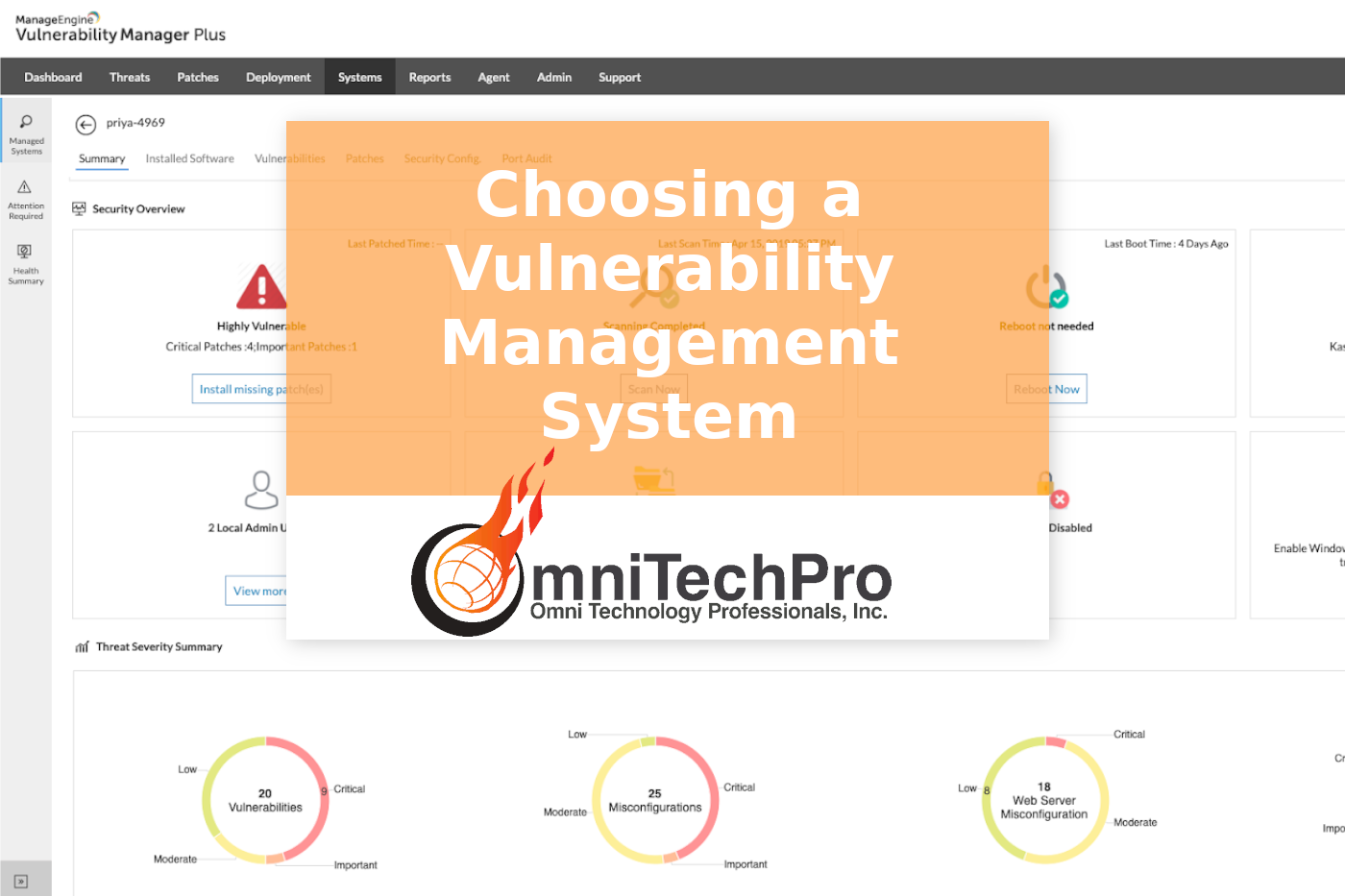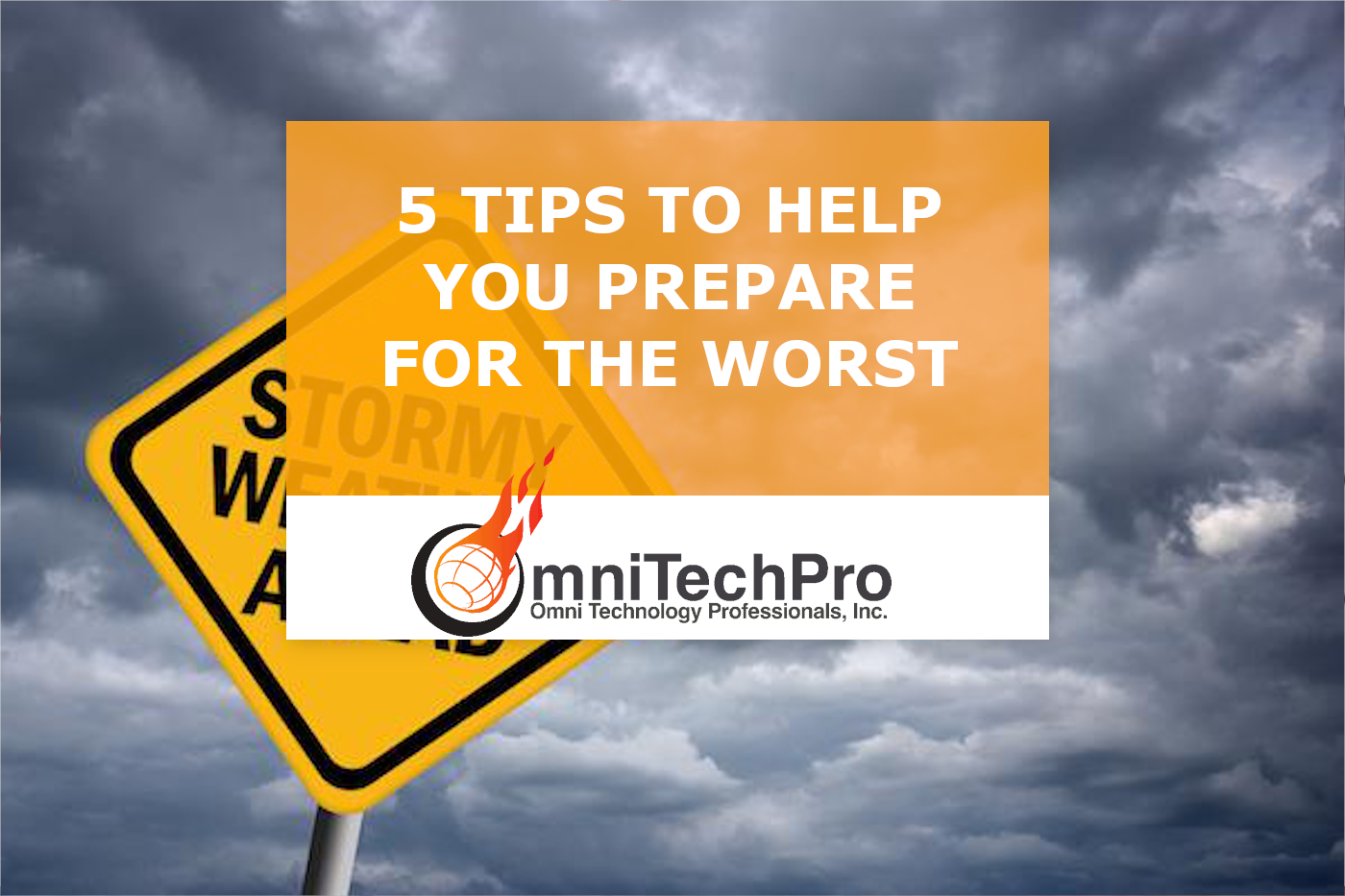A vulnerability management system (VM) should allow you to prioritize vulnerabilities for remediation. This can help you quickly find areas for improvement. In addition to identifying potential vulnerabilities, a vulnerability management system should also automate the remediation process. It also offers short time-to-value. The SOC team is responsible for monitoring and staying up-to-date on threats and vulnerabilities.
VM tool should allow users to prioritize vulnerabilities
The right vulnerability management tool can scan a company’s network for vulnerabilities and recommend remediation actions. The goal is to reduce the risk of a network attack by identifying and patching network weaknesses. Choosing a VM tool that provides a priority list is essential.
A VM tool should allow you to prioritize vulnerabilities based on risk. Traditional VM tools are designed to scan corporate servers and devices. But today’s organizations have diversified their IT assets and device demographics, so they must consider the security issues associated with different types of assets.
The right VM tool should let you prioritize vulnerabilities based on their priority. Moreover, it should be able to detect unexpected access points, web servers, and host servers. It should be able to prioritize remediation and notify you if an attack is imminent. A VM tool should also enable you to schedule periodic real-time scans to pinpoint new vulnerabilities and prevent them from spreading throughout your network.
Prioritization is essential for effective vulnerability management. If you have too many vulnerabilities, you may end up with an overwhelming list and be unable to address them promptly. Luckily, many tools on the market let you prioritize vulnerabilities based on their priority. In addition to the severity of each vulnerability, it also allows you to prioritize which ones to address first, which will help you respond to security incidents more effectively.
Prioritization is also crucial for addressing threats that are already known. With the right vulnerability management tool, you can quickly prioritize vulnerabilities by their severity and risk and prioritize them accordingly. Once you have prioritized vulnerabilities, you can feed them into ticketing systems to drive specific tasks for system operators. This approach enables you to prioritize your vulnerabilities according to your business priorities.
SOC team is responsible for keeping up with threats and vulnerabilities
A SOC team is responsible for keeping up with the latest security threats and vulnerabilities. These teams assemble and maintain data sets and use tools to monitor the network. They also triage alerts and compile long-term reports on threats and vulnerabilities. Lastly, they are responsible for evaluating incidents and determining how they happened. These results will help the team harden the network. Finally, they work with the responder to remediate security breaches.
Cybersecurity teams are an indispensable part of an organization. They provide the first line of defense against cyberattacks. They are trained to detect, prevent and respond to cybersecurity incidents. Increasingly, organizations are facing increasing threats from new vulnerabilities and attacks. This makes having a security operations center necessary to help ensure the organization maintains its cybersecurity posture.
A SOC team keeps up with threats and vulnerabilities by monitoring network activity logs. These logs help define “normal” network activity and help identify threats. These logs are also used to remediate breaches when a security incident occurs. Many SOCs also use a security information and event management (SIEM) solution to aggregate data from various log sources and correlate data feeds.
The SOC team also keeps up with the latest security threats by monitoring security solutions. They can identify and respond to new threats with advanced tools and software. They examine hundreds of alerts daily and prioritize them according to importance. High-priority alerts are forwarded to a security investigator. This person then uses sophisticated resources to identify the affected hosts and devices and to conduct an in-depth investigation.
As security alerts increase, the SOC team must be able to identify and mitigate threats. Often, the team must be made up of individuals with varied skill sets and roles. The majority of cybersecurity professionals say there are not enough qualified analysts to handle the high volume of security alerts.
Dashboard features
The Dashboard feature of a vulnerability management system lets you view counts of vulnerabilities categorized by severity and date. The system also allows you to filter the information you see using various filters. You can filter your views by vulnerability type and severity, as well as by time range. The dashboard allows you to add notes and filter results.
In addition to displaying data, a dashboard can also provide an overview of the overall health of your system. The information can be presented at a personal, team, or project level. Some dashboards are tailored to the needs of engineering managers, security teams, and other stakeholders. Another feature is vulnerability reports, which can be tailored to your needs. The reports reflect vulnerabilities that are present in default branches of your projects and enable you to keep your application secure.
In addition to the dashboard, some vulnerability management solutions offer risk ratings and CVSS scores. However, the true risk posed by a given vulnerability is dependent on other factors. These other factors must be taken into account when calculating the CVSS scores. This information can also be exported as a CSV file.
A dashboard also helps you keep track of the status of vulnerabilities and the remediation progress. It provides information about the age of vulnerabilities and their severity, as well as the most frequently reported issues. It also displays a leaderboard that shows the average mean time to remediate each vulnerability. It also lets you manage multiple assets and prioritize the most critical ones.
A vulnerability management system should provide detailed information on the health of your network. This data can help you decide which vulnerabilities need the most attention and how to address them. This is particularly useful for teams requiring advanced reporting and automated vulnerability management tasks.
Import features
If you’re looking to increase your security, you might want to import features into your vulnerability management system. These tools can help you collect and manage vulnerability data from all over the internet. There are several options available, including importing vulnerability scan reports from other systems and third-party scanners. However, you should be aware that the data imported through the host input feature will not necessarily update your vulnerability database.




